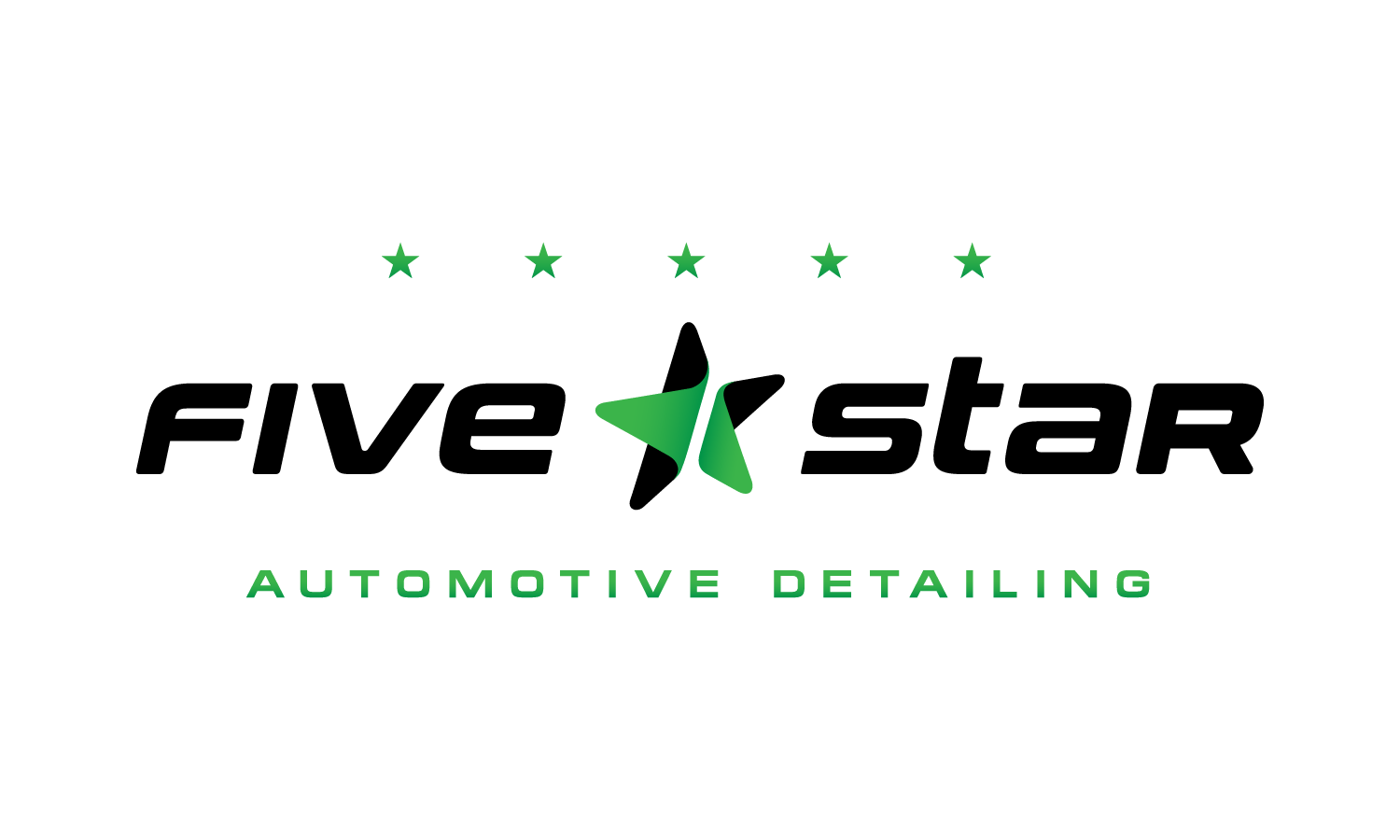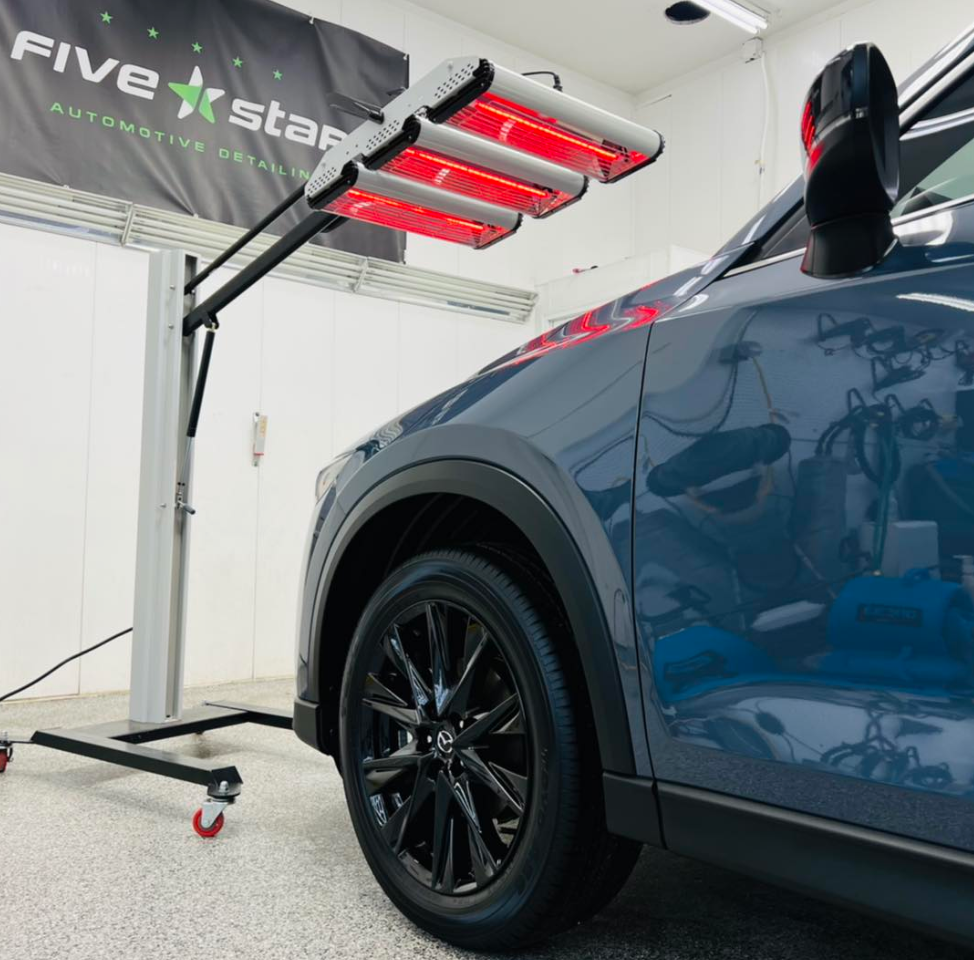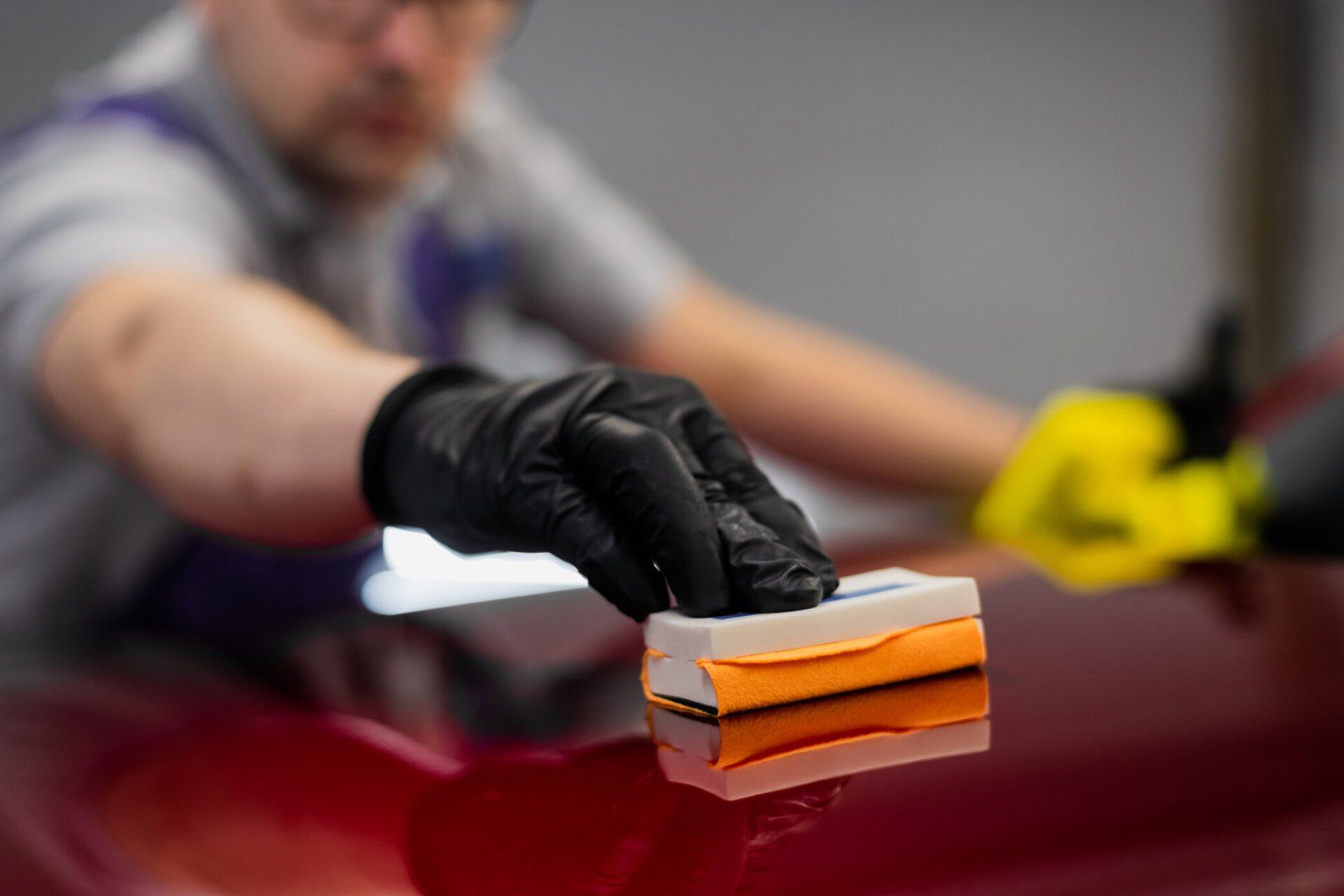Imagine driving your gleaming new car on the vibrant streets of Rochester, MN—that impeccable shine, smooth finish, and envy in bystanders' eyes.
But what happens when minor scratches, dents, or harsh weather begin to eat into that charm?
This blog will educate you on the benefits of PPF, a superhero-like shield designed specifically to protect your prized vehicle from environmental hazards and more. Protect your investment in a vehicle's luster with expert installation from Five Star Automotive Detailing.
Exploring PPF as a Car Protection Solution in Rochester, Minnesota
Rochester, MN, with its diverse weather conditions and road hazards, presents unique challenges when it comes to protecting your car. That's where paint protection film steps in as a reliable solution. PPF, also known as a clear bra or invisible shield, is a thin, transparent film that acts as an additional layer on the vehicle's paintwork.
It provides an effective barrier against various forms of damage, including rock chips, scratches, UV rays, and chemical contaminants.
Consider driving through Rochester's busy streets and coming across loose gravel or debris thrown by other vehicles. These can cause unsightly and costly chips in your car's paintwork. But with high-quality paint protection film installed, you can have peace of mind knowing that your vehicle is protected from such hazards while maintaining its original aesthetics.
Now that we have established the value of PPF for car protection in Rochester, MN, let us take a look at the science behind this remarkable product.
The Science Behind Automotive Paint Protection Film
PPF comprises multiple layers, each serving a specific purpose to ensure optimal durability and protection for your vehicle. At its core lies a tough polyurethane film infused with elastomeric polymers that offer self-healing properties.
This means that minor scratches and swirl marks incurred during everyday use can self-repair over time when exposed to heat from sunlight or warm water.
Additionally, the top layer of paint protection film contains hydrophobic properties, meaning it repels water and other liquids.
This feature not only facilitates easy cleaning but also ensures that environmental contaminants such as bird droppings and tree sap do not bond permanently to the film or underlying paint.
This further protects your car's finish and preserves its appearance.
Because of its exceptionally clear design, PPF blends in with your vehicle's paintwork for an almost undetectable layer of protection. Its high tensile strength prevents punctures and tears, protecting against more serious impacts from rocks, road debris, and minor collisions.
Think of it as an invisible suit of armor for your car; it shields your vehicle from daily wear and tear while preserving its beauty.
How High-Quality PPF Provides Comprehensive Car Protection
Protecting your car from the hazards of the road and maintaining its pristine appearance is a priority for every car owner. This is where vehicle paint protection film steps in to provide comprehensive car protection.
It is a clear, thermoplastic urethane film that is applied to the exterior of your vehicle. This protective film acts as an invisible shield, guarding against common hazards such as scratches, chips, stains, and fading caused by UV rays.
By creating a barrier between your car's paint and potential damage, PPF ensures that your vehicle remains in top condition for years.
PPF also offers added benefits beyond its protective qualities. Its self-healing properties allow it to absorb light swirl marks and other minor abrasions, with the film returning to its original smooth state over time. This means that small scratches can disappear on their own without requiring expensive repairs or repainting.
Now that we have covered how PPF provides all-around protection for your vehicle, let us look at the benefits of investing in this advanced car protective solution.
- In a 2020 survey by the Auto Care Association, it was found that the application of paint protection film could reduce surface scratching by almost 60%.
- According to Global Market Insights, the PPF industry will be worth $1.49 billion by 2026 as public awareness of vehicle paint protection grows.
Benefits of Investing in Paint Protection Film for Your Vehicle
Investing in paint protection film for your car brings several advantages.
Firstly, PPF shields your vehicle from road debris kicked up during the winter months, such as gravel and salt. These substances can corrode the paint and lead to long-term damage. By installing PPF, you provide an additional layer of protection against these abrasive elements, preserving your car's overall appearance.
Secondly, it contains UV filters that prevent harmful rays from penetrating the film and reaching the surface of your vehicle. This not only keeps your car looking beautiful but also helps retain its value over time. Furthermore, professional installation of PPF provides peace of mind for car owners who park outdoors.
The film acts as a barrier against bird droppings, tree sap, insects, and other environmental contaminants that may leave permanent marks on your car's paint.
With PPF expertly installed, you can confidently park your vehicle without worrying about potential damage. When considering the initial cost, one could argue that investing in PPF is a waste of money. However, when considering the long-term benefits and cost savings in terms of potential repairs or repainting due to damage, it proves to be a wise investment that protects the value of your car and extends its lifespan.
PPF and Car’s Resale Value
The positive effect paint protection film has on the retention of your car's value is one of its many noteworthy advantages. As we all know, cars undergo wear and tear over time due to various factors like environmental elements, road debris, and regular use.
These factors can cause damage to the car's exterior, leading to a decrease in its overall value.
However, by applying a high-quality paint protection film, you create a protective barrier that safeguards the paintwork from scratches, chips, and other damages.
This preservation of the vehicle’s exterior condition ensures that it maintains its value for a longer time.
Think about it this way: when you decide to sell or trade in your car in the future, potential buyers or dealerships will take notice if your vehicle's paint looks pristine and well-maintained.
PPF's additional layer of protection gives them peace of mind that the car has been well-maintained, making it more appealing and potentially raising its resale value.
Paint Protection Film's Lifespan, Installation, and Maintenance
The lifespan of paint protection film varies depending on several factors, including the film's quality, the conditions under which the vehicle is used, and how well it is maintained.
On average, high-quality PPF can last anywhere from 5 to 10 years or even longer with proper care.
When it comes to installation, it is highly recommended to seek professional help rather than attempt a do-it-yourself approach. Professional installers have extensive experience working with PPF and possess the necessary tools and techniques to ensure a flawless application. Their expertise ensures that the film adheres properly to every contour of your vehicle's surface without any air bubbles or wrinkles.
PPF maintenance is relatively simple. Washing with mild soapy water or automotive-specific cleaners regularly is usually sufficient. It is critical to avoid using harsh chemicals or abrasive materials that could damage the film. Additionally, waxing the PPF-coated vehicle periodically can provide added protection and enhance its longevity.
DIY vs. Professional PPF Installation
When it comes to installing paint protection film on your vehicle, you might be tempted to take the do-it-yourself (DIY) approach. While DIY projects can be enjoyable and cost-effective, there are significant benefits to hiring a professional for PPF applications. Professional PPF installation offers expertise and precision that DIY methods may lack.
Experienced detailers have the knowledge, skills, and specialized tools necessary to ensure an accurate and seamless application. They understand how to work around curves, contours, and complex areas effectively.
Additionally, professional installers from a reputable auto detailing shop often use high-quality products specifically designed for durability and long-lasting protection. This ensures that it will provide optimal shielding against chips, scratches, and other damage. You can rest easy knowing your car is in good hands when you hire a professional to install paint protection film.
The outcome is likely to be a flawless installation that not only enhances the appearance of your car but also preserves its value and protects the paintwork for years to come. Now that we've explored the benefits of professional PPF installation over the DIY approach, let's focus on the local services available for PPF installation in Rochester, MN.
Experience the Pinnacle of Automotive Protection With Five Star PPF Installation in Rochester, MN
If you reside in Rochester, MN, and are seeking reliable and skilled professionals for PPF installation, look no further than Five Star Automotive Detailing. We specialize in providing top-notch vehicle detailing services with a personal touch. The Five Star Auto Detail team of experts is fully licensed, insured, and has extensive experience in PPF installation.
We understand the intricacies involved and strive for excellence in every aspect of our work.
Whether you want to protect your brand-new car or give new life to your cherished ride, we have a range of PPF package options that are tailored to meet your specific requirements. Furthermore, with our meticulous attention to detail and commitment to customer satisfaction, you can trust us to deliver exceptional results.
Take your vehicle's defense to new heights with premium PPF packages in Rochester, MN. Contact us today for more information and to get a
free consultation!






